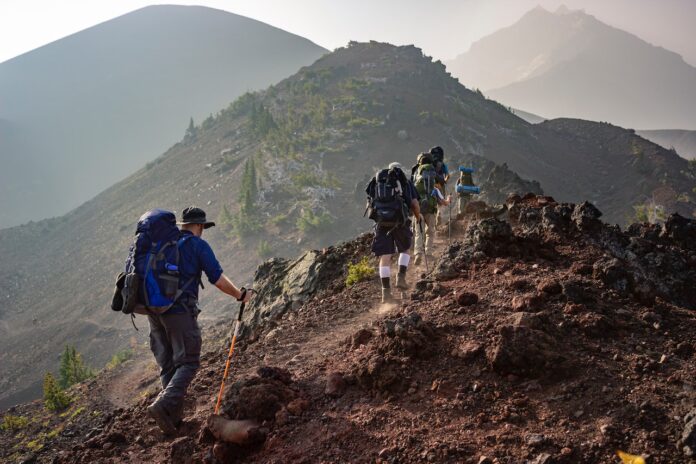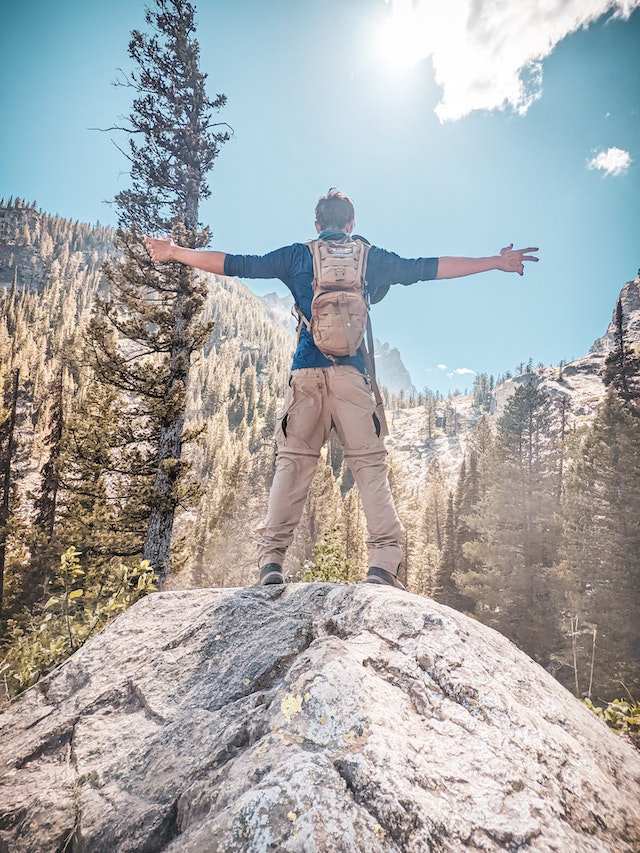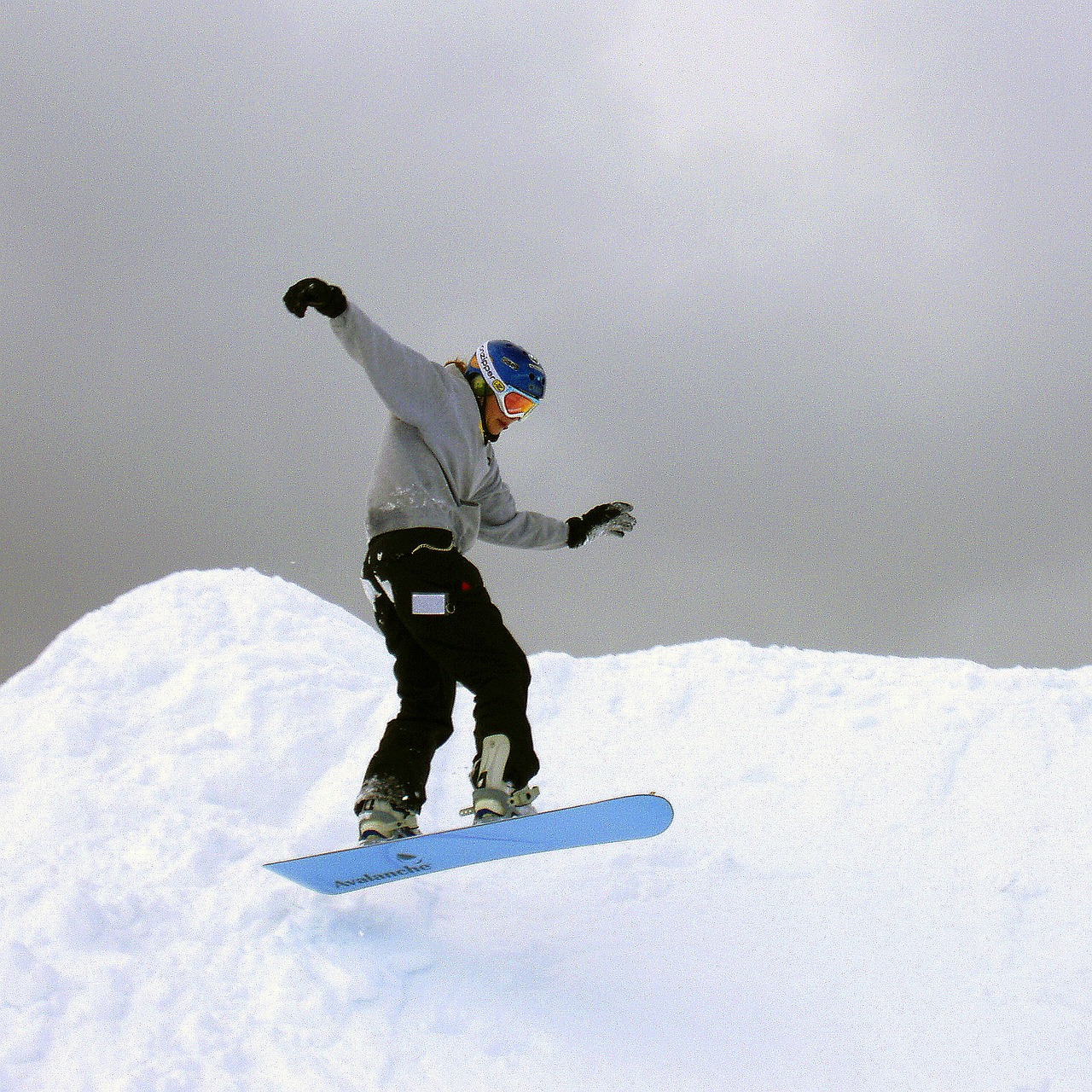If you’re looking for a thrilling adventure that takes you off the beaten path and into the great outdoors, backpacking may be just what you need. Hitting the trails with all the essentials you need to survive in the wilderness on your back is an exhilarating experience that everyone should try at least once in their lifetime.
Are you feeling a bit overwhelmed by all the gear, planning, and preparation involved? Fear not, fellow wanderer, for this beginner’s guide will cover everything you need to know to start your backpacking journey.
Clothing and footwear for backpacking
When it comes to clothing and footwear for backpacking, the key is to be prepared for any kind of weather or terrain. Choosing breathable, moisture-wicking, quick-drying clothing is vital, as well as lightweight and comfortable. Avoid cotton clothing, as it holds onto moisture and can leave you feeling damp and cold.
For footwear, it’s important to choose boots that are sturdy, supportive, and waterproof. Look for boots with good ankle support and a thick, non-slip sole. Don’t forget to bring comfortable casual shoes, like Adidas tennis shoes, for strolling around any cities you stumble upon during your journey.
In addition to clothing and footwear, it’s important to bring other essentials like a hat, sunglasses, gloves, and socks. Layering your clothing is also important, allowing you to adjust your body temperature as needed.
Choosing the right backpack
You’ll want to choose a comfortable, durable backpack that fits you well. Look for a backpack with adjustable straps and a padded hip belt, as these will help distribute the weight of your gear evenly and reduce strain on your back and shoulders.
When choosing a backpack, consider the size and capacity you’ll need based on the length of your trip and the amount of gear you’ll be bringing. Make sure to try on several different backpacks before making a final decision, and don’t be afraid to ask for help from a sales associate or experienced backpacker.
Planning your backpacking route
Researching trails, permits, and weather conditions can help ensure a safe and enjoyable trip. Before setting out, check weather forecasts, trail conditions, and fire restrictions in the area you’ll be visiting.
It’s also important to obtain any necessary permits or passes for the area you’ll be backpacking in. Many popular backpacking destinations require permits, and these can often be obtained online or at ranger stations.
When planning your route, consider your fitness level and the amount of time you have available. It’s important to choose a route that is challenging but not overwhelming, especially if you’re new to backpacking.
Safety tips for backpacking
Staying safe while backpacking is essential. Here are some tips to keep in mind:
- Bring a first aid kit and know how to use it.
- Carry a map and compass or GPS device, and know how to use them.
- Be aware of wildlife in the area and take necessary precautions, such as hanging food away from your campsite.
- Avoid hiking alone, especially in unfamiliar terrain.
- Always let someone know your itinerary and expected return time.
- Be prepared for emergencies, such as sudden weather changes or injuries.
How to pack and prepare meals on the trail
Packing and preparing meals for your backpacking trip requires some planning and preparation. It’s important to bring enough food and water to keep yourself fueled and hydrated on the trail. Here are some tips to keep in mind:
- Bring lightweight, high-calorie foods that are easy to prepare and won’t spoil.
- Pack food in reusable containers to reduce waste.
- Bring a water filter or purification tablets to ensure clean drinking water.
- Plan your meals ahead of time to avoid carrying excess weight.
It’s also important to properly store your food and trash to avoid attracting wildlife to your campsite. Use bear canisters or hang food in a tree away from your campsite to prevent animals from getting to it.
Leave No Trace principles
One of the most important aspects of backpacking is minimizing your impact on the environment. The Leave No Trace principles provide guidelines for responsible outdoor recreation. These principles include:
- Travel and camp on durable surfaces.
- Dispose of waste properly.
- Leave what you find.
- Minimize campfire impact.
- Respect wildlife.
By following these principles, you can help protect the environment and ensure that future generations can enjoy the same wilderness experiences that you have.
Backpacking gives you a chance to explore nature in a more immersive way, away from the crowds and noise of civilization. With a little preparation and a sense of adventure, you’ll be ready to explore the great outdoors on your next backpacking trip.











